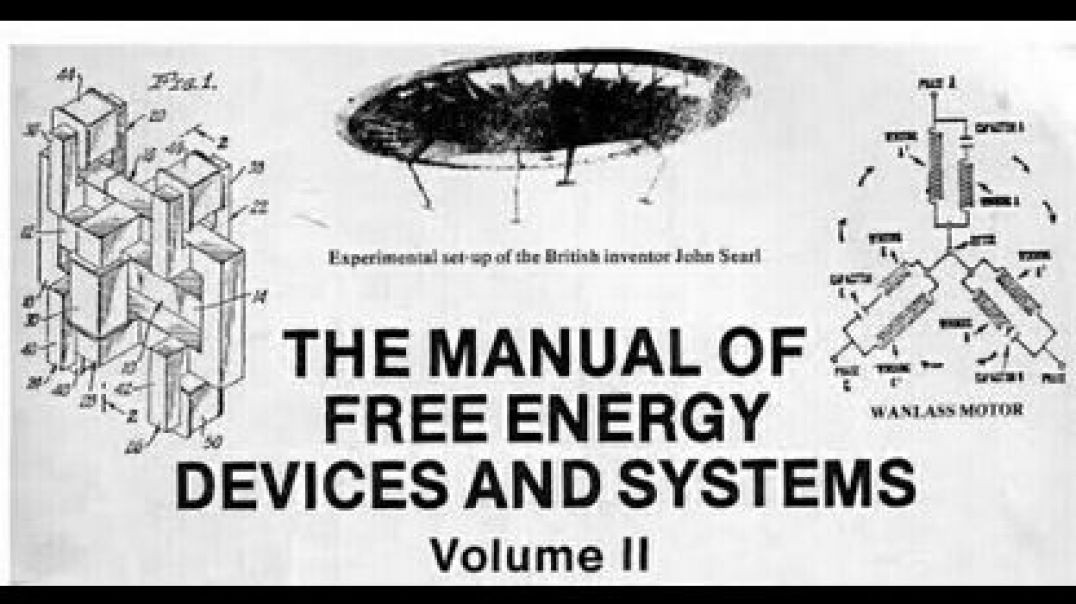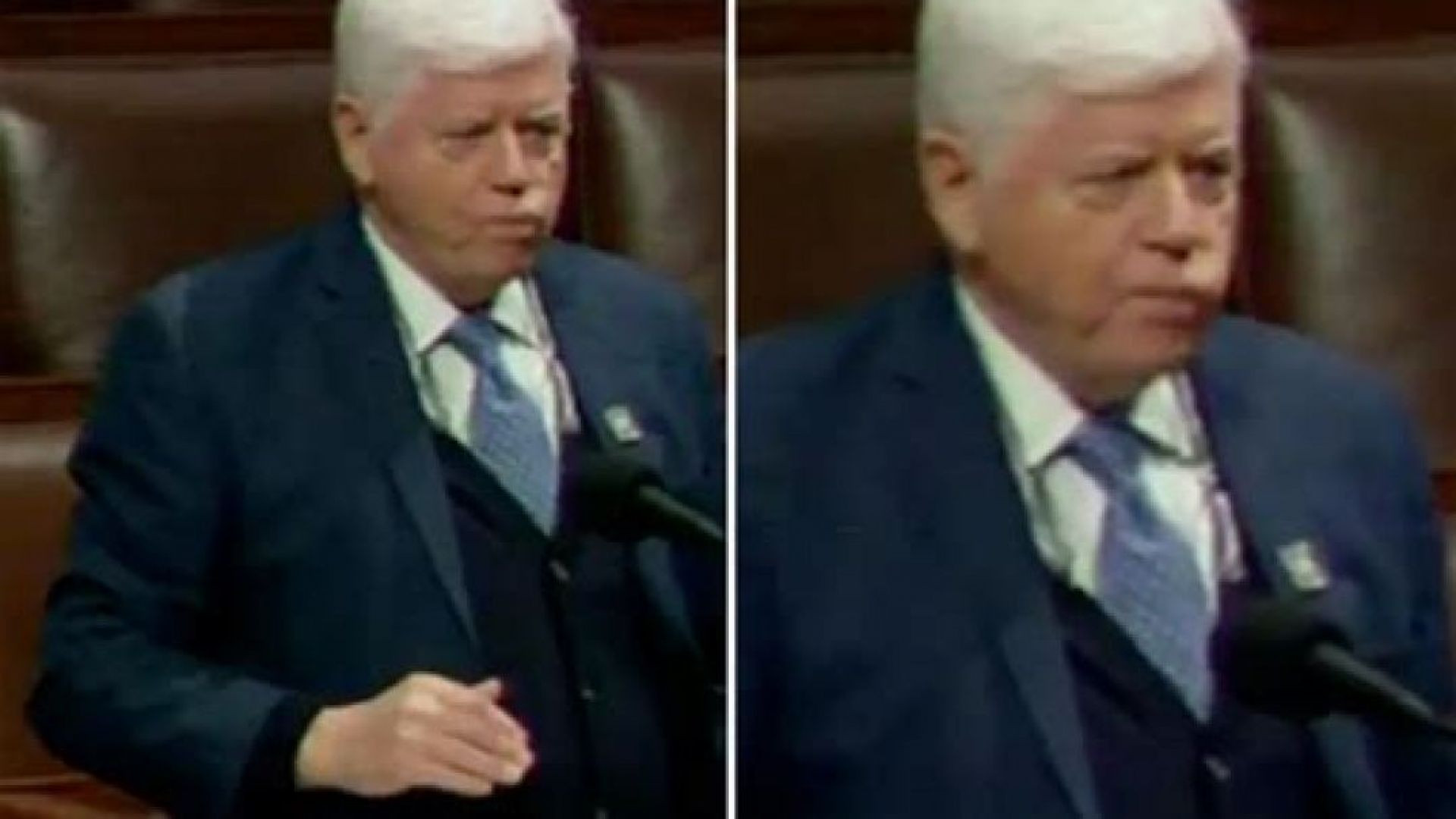Live streaming on Altcast.TV is now available!
FREE SPEECH IS BAD ☭ FOR THEM❗
Subscribe and Support my channel.
https://my-store-e85b41.creator-spring.com/
Source: https://odysee.com/@jeremypool....e:b/ssstwitter.com_1
Marbury v. Madison (1803)
Citation: Show-cause order served on James Madison, Secretary of State, 1802; Records of the Supreme Court of the United States; Record Group 267; National Archives.
(The document shows damage from the 1898 fire in the Capitol Building.)
View Transcript
The decision in this Supreme Court Case established the right of the courts to determine the constitutionality of the actions of the other two branches of government.
In 1801, outgoing President John Adams had issued William Marbury a commission as justice of the peace — but the new Secretary of State, James Madison, refused to deliver it. Marbury then sued to obtain it. With his decision in Marbury v. Madison, Chief Justice John Marshall established the principle of judicial review, an important addition to the system of “checks and balances” created to prevent any one branch of the Federal Government from becoming too powerful.
“A Law repugnant to the Constitution is void.” With these words written by Chief Justice Marshall, the Supreme Court for the first time declared unconstitutional a law passed by Congress and signed by the President. Nothing stated in the Constitution gave the Court this specific power. Marshall, however, believed that the Supreme Court should have a role equal to those of the other two branches of government.
When James Madison, Alexander Hamilton, and John Jay wrote a defense of the Constitution in The Federalist, they explained their judgment that a strong national government must have built-in restraints: “You must first enable government to control the governed; and in the next place oblige it to control itself.” The writers of the Constitution had given the executive and legislative branches powers that would limit each other as well as the judiciary branch.
The Constitution gave Congress the power to impeach and remove officials, including judges or the President himself. The President was given the veto power to restrain Congress and the authority to appoint members of the Supreme Court with the advice and consent of the Senate. In this intricate system, the role of the Supreme Court had not been defined. It therefore fell to a strong Chief Justice like Marshall to complete the triangular structure of checks and balances by establishing the principle of judicial review. Although no other law was declared unconstitutional until the Dred Scott decision of 1857, the role of the Supreme Court to invalidate federal and state laws that are contrary to the Constitution has never been seriously challenged.
“The Constitution of the United States,” said Woodrow Wilson, “was not made to fit us like a strait jacket. In its elasticity lies its chief greatness.” The often-praised wisdom of the authors of the Constitution consisted largely of their restraint. They resisted the temptation to write too many specifics into the basic document. They contented themselves with establishing a framework of government that included safeguards against the abuse of power. When the Marshall decision in Marbury v. Madison completed the system of checks and balances, the United States had a government in which laws could be enacted, interpreted and executed to meet challenging circumstances.
https://www.archives.gov/miles....tone-documents/marbu







![ADOLF HITLER'S MAY 18, 1928 卐 SPEECH IN MUNICH [TRANSLATED TO ENGLISH]](https://s3.us-central-1.wasabisys.com/altcast1/upload/photos/2025/09/gHw12JfDzNgLDQRpmtNn_03_d81cd349d5f94aaaefb48b1561dc4e1a_image.jpg)









![GENTLE GIANT 🎹 FREE HAND [2025 DAN BORNEMARK MIX] PLAYING THE FOOL 🎼 THE COMPLETE LIVE EXPERIENCE](https://s3.us-central-1.wasabisys.com/altcast1/upload/photos/2025/03/eYYRdruTUv4O4jx5zVeh_31_16cb04a738c6937230c104457792917a_image.jpg)



